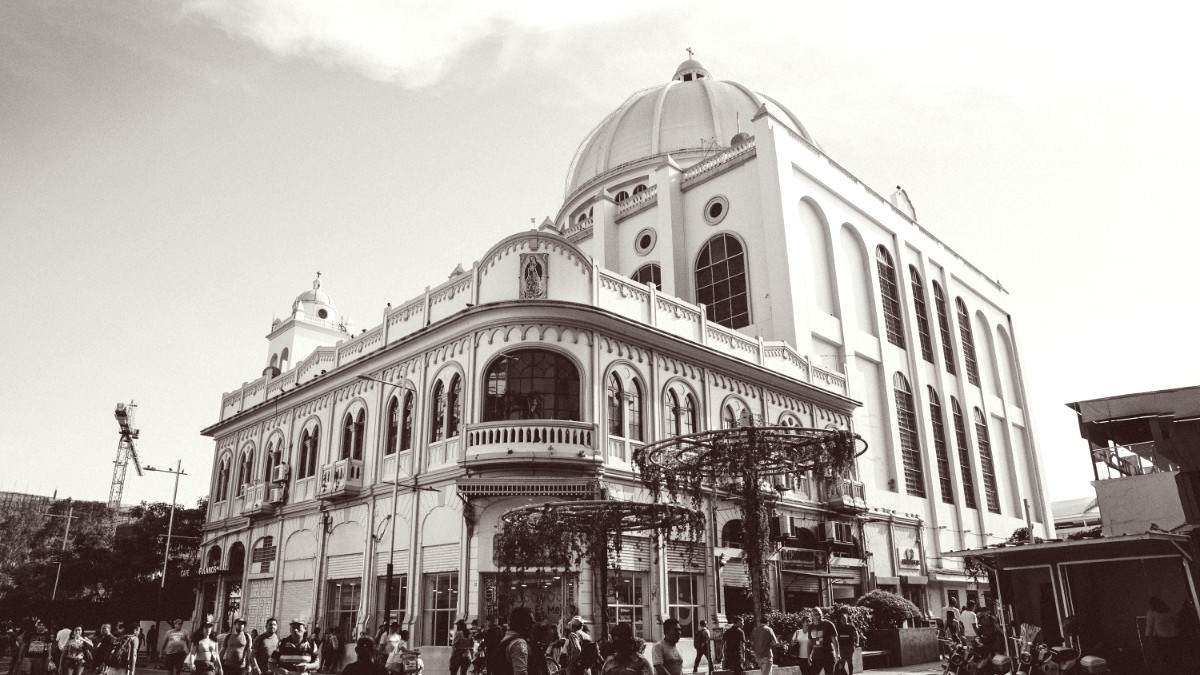
El Salvador
Imagine waking to the calls of street vendors, the scent of fresh coffee filling the air, and the distant outline of a volcano against a clear sky. This is San Salvador, a city that pulsates with life and offers a genuine Central American experience. It is a place where ancient traditions blend with modern aspirations, where every corner shows a piece of a compelling story. You will discover a city rebuilding its narrative, welcoming visitors to witness its transformation and share in its spirit. This guide gives you the direction needed to navigate its charms and uncover its hidden treasures, allowing you to experience the true essence of El Salvador's urban heart.
San Salvador serves as more than just a capital; it is the beating heart of a nation, reflecting both its turbulent past and its promising future. The city marks a launching point for exploring the country's Pacific beaches, coffee routes, and other archaeological sites.
Your time here will give a window into the daily life of Salvadorans, their warmth, their cuisine, and their deep connection to their land. Prepare for an adventure that challenges expectations and leaves you with a lasting impression of a truly unique place.
San Salvador, the capital and largest city of El Salvador, sits within the Salvadoran highlands. It occupies a basin known as the Valle de las Hamacas, or "Valley of the Hammocks." This name describes the frequent seismic activity that causes the earth to sway, like a hammock. The city finds its location at the foot of the San Salvador Volcano, also known as Quezaltepeque, giving a dramatic backdrop and shaping much of the city's terrain. Its elevation averages approximately 659 meters (2,162 feet) above sea level, contributing to a slightly milder climate than coastal areas.
The city’s geography ties to the Central American Volcanic Arc, a chain of volcanoes stretching along the Pacific coast of Central America. This geological setting influences the landscape, creating fertile volcanic soils that support agriculture, specifically coffee cultivation, in the surrounding hills. It also shapes the city's history, as numerous earthquakes and volcanic eruptions repeatedly impacted San Salvador, leading to resilient urban planning and construction over centuries. Buildings often feature reinforced concrete and open spaces, designed to withstand tremors.
Also known as Quezaltepeque, the city sits at its base.
Once "The Lighthouse of the Pacific" for constant eruptions.
A large crater lake east of the city, evidence of volcanic past.
Higher elevation means warmer days, but pleasant, cooler evenings.
Fertile volcanic soils support thriving coffee farms on slopes.
Beyond the immediate San Salvador Volcano, the city offers views of other remarkable peaks, including the distant Izalco Volcano. Lake Ilopango, a large crater lake, lies to the east of the city, another testament to the region's volcanic past. This geographical positioning makes San Salvador an unique urban center, where natural forces remain a visible part of the daily environment. The city's elevation means that while days are warm, evenings often come with a pleasant coolness, a welcome reprieve from the heat of the lower-lying coastal plains.
San Salvador is located in a basin called the "Valle de las Hamacas," named for the frequent seismic movements that resemble the swaying of a hammock. This unique characteristic shapes the city's design and character.
Due to its seismic location, many buildings in San Salvador feature reinforced concrete and open spaces. This construction approach is a direct adaptation to the natural environment, aiming for resilience against tremors and ensuring public safety.
San Salvador's connection to its volcanic surroundings is not just scenic; it is deeply embedded in its past and present, influencing everything from agriculture to architecture.
San Salvador's history is a story of resilience, reinvention, and rebirth. Founded in 1525, it moved locations several times before settling in its current valley. Each move, and each subsequent rebuilding, often followed devastating earthquakes or volcanic eruptions. These natural disasters repeatedly reshaped the city, forcing its inhabitants to adapt and reconstruct, making the current urban landscape a testament to endurance.
During the colonial period, San Salvador served as a regional administrative center within the Spanish Captaincy General of Guatemala. Its growth was steady, driven by agriculture and trade. It even served as the capital of this federation from 1834 to 1839, showing its growing importance in the region. This period saw the construction of some of its grandest civic buildings, many of which now stand restored in the Historic Center.
Grand civic buildings and an administrative role marked San Salvador's colonial past.
Repeated rebuilding after natural disasters shows the city's enduring spirit.
The 20th century saw rapid growth and infrastructure modernization.
The 20th century brought new challenges and transformations. Rapid urbanization and population growth led to the expansion of the city, with modern infrastructure developing alongside the older colonial grid. The most significant modern chapter in San Salvador’s history includes the Salvadoran Civil War (1979-1992). The conflict profoundly reshaped the city, causing widespread disruption and internal migration.
Modern shopping malls and business districts in areas like Zona Rosa and Colonia Escalón.
Historic Center with restored churches, plazas, and government buildings.
A base for exploring Pacific beaches, charming towns, and active volcanoes.
The people of San Salvador, often called Salvadoreños, welcome visitors with genuine warmth.
Their culture values family, community, and faith, shaping daily interactions.
Cuisine is important, with pupusas a beloved national dish enjoyed by everyone.